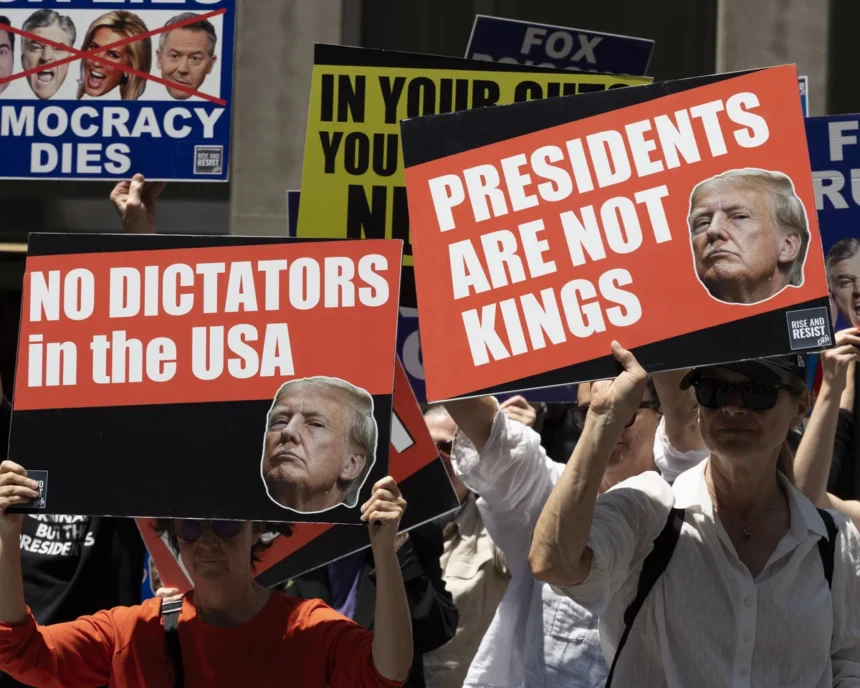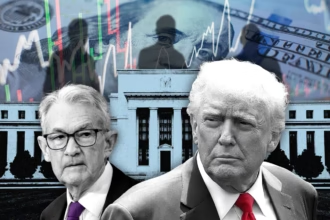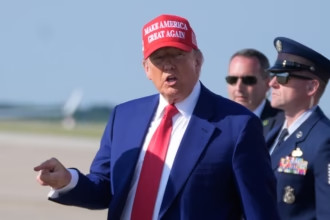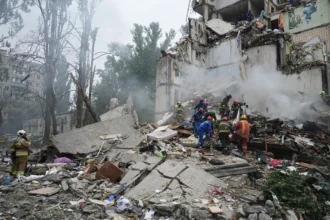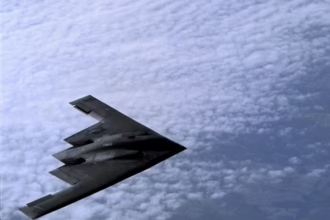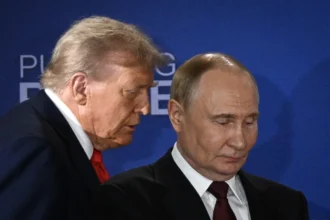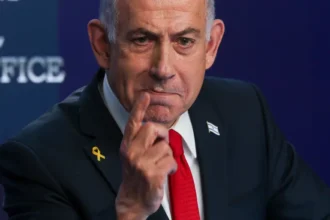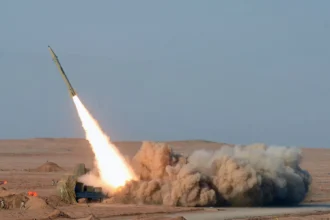On June 14, 2025, a large-scale protest movement called “No Kings” swept across the United States and several cities abroad. The demonstrations were organized by a grassroots network known as the 50501 Movement and were strategically timed to coincide with a presidential military parade held in Washington, D.C. The protests aimed to oppose what many participants perceived as authoritarian symbolism and governance.
Scale and Reach
The “No Kings” protests took place in all 50 states, encompassing nearly 2,000 locations nationwide. International solidarity rallies were also held in major cities including London, Florence, and Brussels. Events ranged in size from small local gatherings to major demonstrations involving thousands of people.
Message and Purpose
Protesters rallied under slogans such as “No Thrones, No Crowns, No Kings” and “Democracy, Not Dynasty.” Their concerns centered on the militarization of American civic spaces, perceived authoritarian behavior by the administration, and government spending priorities—specifically the high cost of the parade amid cuts to public services.
Peaceful Demonstrations
The organizers emphasized nonviolence and discouraged participants from bringing weapons. While most events were peaceful, there were isolated tensions and clashes in a few locations. National Guard units were deployed in certain states as a precaution.
Organizers and Supporters
The protests were led by the 50501 Movement, which advocates for democratic integrity, immigrant rights, LGBTQ+ protections, and resistance to corporate overreach. The movement received support from various grassroots and civil rights organizations, as well as community activists and local political groups.
Public Engagement
In many cities, the protests included community-building activities such as educational booths and activist meetups. Organizers highlighted the participation of first-time protest leaders, reflecting a growing grassroots engagement in civic activism.
Significance
The “No Kings” protests represent a nationwide effort to express resistance against perceived autocracy and a call for the preservation of democratic norms. The movement’s broad geographic reach and strong grassroots support underscore its significance during a politically volatile period.

